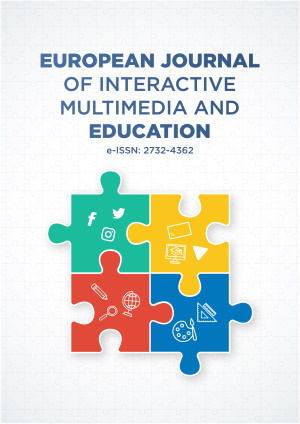Abstract
The proliferation of online crowdsourcing information via mobile technology intervention achieved progressive learning in recent times. The study seeks the mobility of crowds using internet-contents as crowdsourcing knowledge phenomenon in community-learning task actualization. Bandura’s Social Learning Theory (SLT) and TPB induced and investigated 361 respondents among international students using IBM Amos v. 25 for the analysis. Results found exogenous variables were positively significant, whiles broadband moderation on mobile learning behavior run-up. Mobile learning mediation magnifies the behavior actualization effectiveness. Significantly, crowdsource at the individual level colored internet-content via mobile learning technology collaborated communication problem-solving tasks. Mobility of learning makes a mountain of molehills in knowledge sourcing, communication community-centered performance.
License
This is an open access article distributed under the Creative Commons Attribution License which permits unrestricted use, distribution, and reproduction in any medium, provided the original work is properly cited.
Article Type: Research Article
EUR J INTERACT MULTIMED ED, Volume 2, Issue 1, January 2021, Article No: e02106
https://doi.org/10.30935/ejimed/9703
Publication date: 13 Feb 2021
Article Views: 2969
Article Downloads: 1602
Open Access References How to cite this article
 Full Text (PDF)
Full Text (PDF)